| As we go through the archives of ASAI, we are running into these precious nuggets of knowledge. We don’t know when this article was written but find it still relevant in today’s industry. Gordon S. Grice, President Emeritus of ASAI, is now the editor of The Right Angle Journal. |
| by Gordon S. Grice OAA, FRAIC |
| We architectural illustrators have a great deal in common. That’s why we all get along so well. But there’s something about us that may seem a little surprising. When it comes to how we deal with our clients, there are as many methods as there are illustrators. No two are the same.
Well, maybe it isn’t all that surprising. A lot of us are self-employed mavericks who enjoy the independence that our career offers, so why would we want to imitate anyone else? As a result, when it comes to our business relationships with our most faithful and dedicated patrons — architects — anything goes. Maybe there should be a few guidelines? |
| Style |
| Let’s start with how we work. Some of us prefer that our clients give us complete information about a project and then let us vanish until we have finished the job and presented it to wild acclaim. Others want to keep the lines of communication open constantly, avoiding any surprises at the end, pleasant or unpleasant. Some illustrators like projects in which everything has been worked out complete to the last detail. Others would rather have vague instructions — the less information the better — allowing them to create their images almost from scratch.
These opposites describe two poles in the architectural illustrator continuum. At one end, is the illustrator as supplier, selling an artistic product to a client for a price. At the other end is the illustrator as consultant, interacting with the client and providing advice for a fee according to specific needs. This is product vs process. So the first question to ask is: What does the architect-client want — a product or some advice — an illustration or an illustrator? Or a little of both? More than any other consideration, the answer to this question will provide the basis for the success or failure of the relationship. |
| Trust |
| In either case, a second element, one that is extremely important to any relationship, must also exist. That element is trust. In my discussions with other illustrators on this topic, this feature was given highest priority. Illustrators feel that each party must understand and appreciate what the other is trying to do as well as how this is to be accomplished — sympathy and accommodation.
For the architect, this means that the illustrator should be treated fairly. Comments will always be helpful ones and given at the right time. Decisions will always be made by the appropriate person. Deadlines will be honestly arrived at and reported and the effect of changes to the work will be considered. within the context of these deadlines. Some media (watercolor, e.g.) are notoriously difficult to change. Clients should understand the process and the necessary sequence of events, especially if the budget and deadline are fixed. One illustrator told me “Some architects seem to want to make changes solely as a way of maintaining control. But what’s really annoying is that their changes are often good ones.” For the illustrator, the responsibilities are even greater. Hired for her expertise, the illustrator is being well paid to perform a vital (perhaps critical) function. First, she must meet her clients requirements regarding budget and deadline, but she must equal or surpass the client’s expectations regarding quality of work. The illustrator should maintain portfolio samples that are appropriate to the job and represent an accurate example of current capabilities. She should be familiar with and understand, as much as possible, the architect’s design philosophy and intent. As discussed above, she should appreciate the degree of involvement, camaraderie, and discussion that the architect is comfortable with. Most importantly, she should understand exactly what the illustrations are to be used for. |
| Function |
| This last requirement is the result of the illustrator’s unique experience. Architecture in the twenty-first century involves the work of many, many specialists. No one architect can ever possess all the knowledge required. Illustrators are specialists in the communication of architectural ideas. If there is some particular aspect of the project that needs to be communicated in a particular way, it is the illustrator’s job to know how to do that. If the architect is having trouble connecting his design intent with the design execution, it is the illustrator’s job to find that connection and to help express it. If the project just needs a drop-dead gorgeous image to keep it afloat, then go to it. |
| OK, Money |
| But how can we leave the discussion without mentioning money? The illustrators that I spoke to were generally in favor of receiving more, but mostly agreed that they were currently compensated adequately. But, they all want to know: What is the deal with giving the illustrator a week to do the work and then waiting four months to pay for it? Any and all responses to this question will be gratefully entertained.
Just as we illustrators all have different ways of working, we also all have different reasons for having chosen this profession, although we would probably all agree that we do this work because we like it. We chose it — some of us even invented it — for ourselves. Architects tell me the same thing: the work is rewarding, enjoyable and meaningful. Working together, architects and illustrators can expect to accomplish a great deal. And enjoy doing it. |

